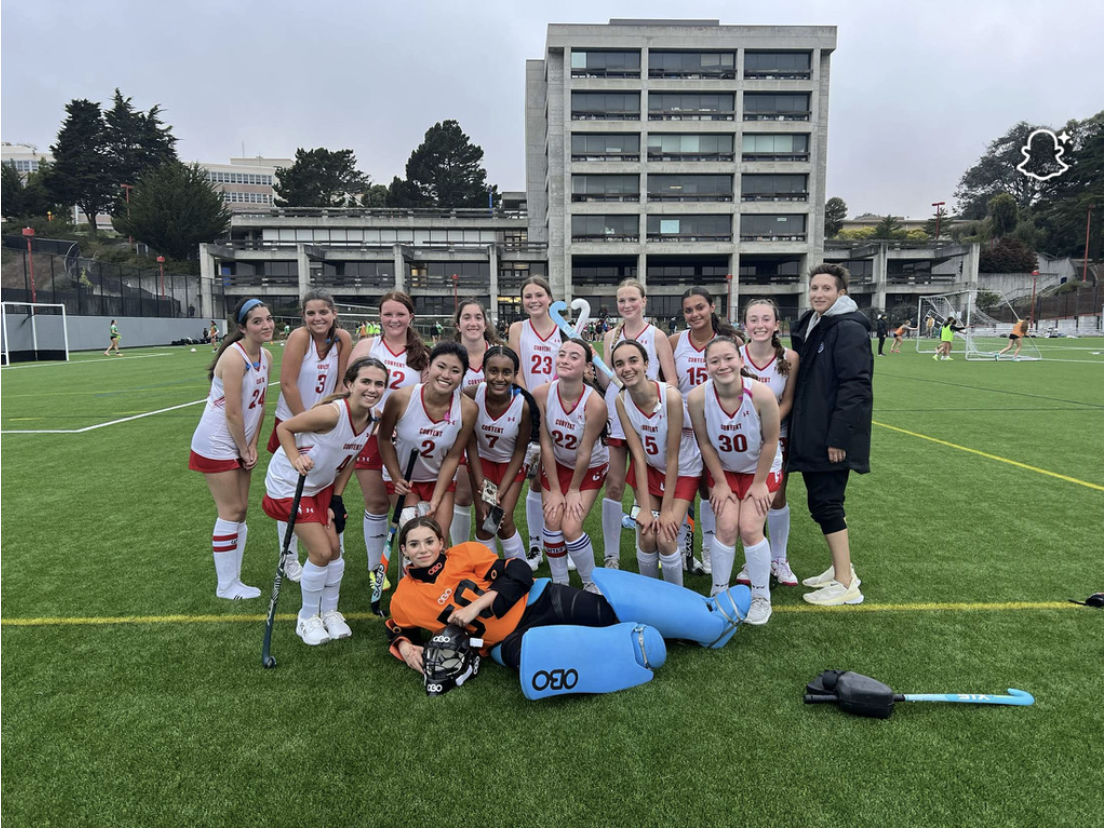Car service competes with taxis to provide an efficient way to traverse the city
October 18, 2013
Madison Riehle
& Liana Lum
When sophomore Victoria Oestermann needs a ride home after school, instead of calling a cab, she takes out her iPhone, opens an app and selects a car. Within minutes a black sedan arrives in front of school and takes her home.
Uber, a start-up company founded in San Francisco in 2010 by CEO Travis Kalanick and Garrett Camp, calls itself “everyone’s own personal driver.” The car service has now expanded to over 40 countries around the world.
“What we’ve seen in market, after market around the world is that once consumers try the service, the demand increases exponentially,” Uber spokeswoman Nairi Hourdajian said. “They love the convenience, the reliability and the guarantee that they have a ride when they need it.”
Uber partners with preexisting limo and town car companies, hiring drivers in between their shifts to increase their revenue. Through partnering with these companies, the drivers have been background checked and licensed by the state, according to Hourdajian.

“The system is pretty sharp and there is little room for error,” Uber driver Carlos Flores said. “I can figure out where my passenger is and I don’t have any problems with the fare. The driver can be fair with the client. If I know I made a mistake, I can stop the meter and the client won’t be charged.”
Uber X is a more economic and cost-friendly option, compared to the town cars and SUVs, through the use of hybrids, according to Hourdajian.
“I usually use Uber X, which is a cheaper version of the regular black cars from Uber,” Oestermann said. “I find that the people are more friendly than the taxi drivers, and I usually have great conversations with the drivers.” Students find being able to have a “private driver” is a safer and more convenient option compared to taxis and public transportation, especially with the implementation of technology.
“I can look at the profile of the driver and see their ratings from other people,” sophomore Isa bella Coolins said. “It’s also nice because now they have split pay, so if your friend has an Uber account, you can share the cost.”
Disagreements between Uber and San Francisco taxi services have also arisen, often ending in fist fights, according to Sgt. Neil Cunningham of the San Francisco Police Department.
“There have been a lot of fights breaking out lately between Ubers and cabs,” Cunningham said. “The cab drivers feel like they are getting ripped off by Uber because they do not have to pay as much for permits to the city.”
San Francisco taxi cabs pay $1,600 per driver per month for a medallion, a permit that allows owners of the vehicles to drive and lease their cabs to other drivers.
“Uber is using this opportunity to steal our business,” Yellow Cab driver Golam Rasooli said. “They act like cabs, they are nothing like cabs.”
Taxi business has decreased by about 50 percent, according to Roman Molodetskiy, a San Francisco Luxor Taxi driver since 1993.
The safety of Uber and Lyft has also been decreasing. Drivers have begun to disguise themselves as Uber and ride sharing services such as Lyft to rob people, according to Cunningham.
“I recommend the Yellow Cab services over these car services,” Cunningham said. “The Yellow Cabs have cameras inside, and when you call a Yellow Cab, you know you are getting into one when it gets there.”
New problems with Uber have emerged, with drivers filing a class action lawsuit claiming that the company has been stealing their tips.
“Uber values its partners above all else and our technology platform has allowed thousands of drivers to generate an independent wage and build their own small businesses on their own time,” a press release from Uber stated. “Frivolous lawsuits like this cost valuable time, money and resources that are better spent making cities more accessible, opening up more possibilities for riders and providing more business for drivers.”






